The application rate and the L Curve of firefighting foam
Understanding foam part 1 The L Curve – Extinguishment times over the application rate from 9 different tests So we all kind of know it
Situation assessment, concepts and project management.
We will guide you through the transition from AFFF to fluorine-free foam!
European Commission 2020: Chemicals Strategy for Sustainability Towards a Toxic-Free Environment
Understanding your situation always comes first. The foam concentrate you have, the equipment you use, the risks you face and the constraints you need to consider are the basis for any project.
At the end of the situation
assessment, you will
understand which issues need
to be addressed and you will
know the scope of the project.
Now it's time to plan. We find
the right foam concentrate,
identify the necessary
technical modifications, plan
the cleaning of the systems and
ensure that everything runs
smoothly.
At the end of the project
planning phase, you know how
to solve the problems, what it
will cost, and how long the
project will take.
You can start
the project execution.
Now the project will be
executed. We identify the
suppliers and service providers,
monitor implementation, and
find solutions if something does
not go as planned.
At the end of the project
execution, the new fluorine
free foam concentrate is in the
systems, the vehicles are ready
for use and the extinguishing
systems are operational. The
old foam concentrate was
disposed of properly.
Now the knowledge transfer
from the project must be
ensured. This includes training,
the handing over of the
documentation, and the
establishment of a quality
management system.
At the end of the last phase,
your employees are familiar
with the new technology and
the new foam concentrate and
ensure that both are always
ready for use.
The project is completed
The Solution
We will guide you through the foam transition – independently.
It starts with the analysis of your situation and your risks. Based on this assessment, we will develop a concept for the foam transition and guide you through the implementation.
The solution will consider the latest research and tests – sometimes so new that they have not even been published. And it is based on years of solid practical experience.
References



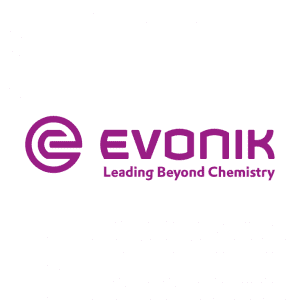



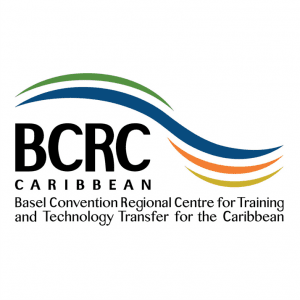



Knowledge
Understanding foam part 1 The L Curve – Extinguishment times over the application rate from 9 different tests So we all kind of know it
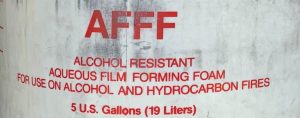
What is AFFF foam? AFFF (Aqueous Film Forming Foam) is a fluorine-containing firefighting foam primarily used to extinguish flammable liquids such as petrol. It forms
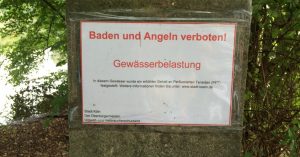
Certain foam concentrates used to extinguish fires – especially AFFF – contain fluorosurfactants or PFAS. PFAS are harmful to the environment and health. That is
About us
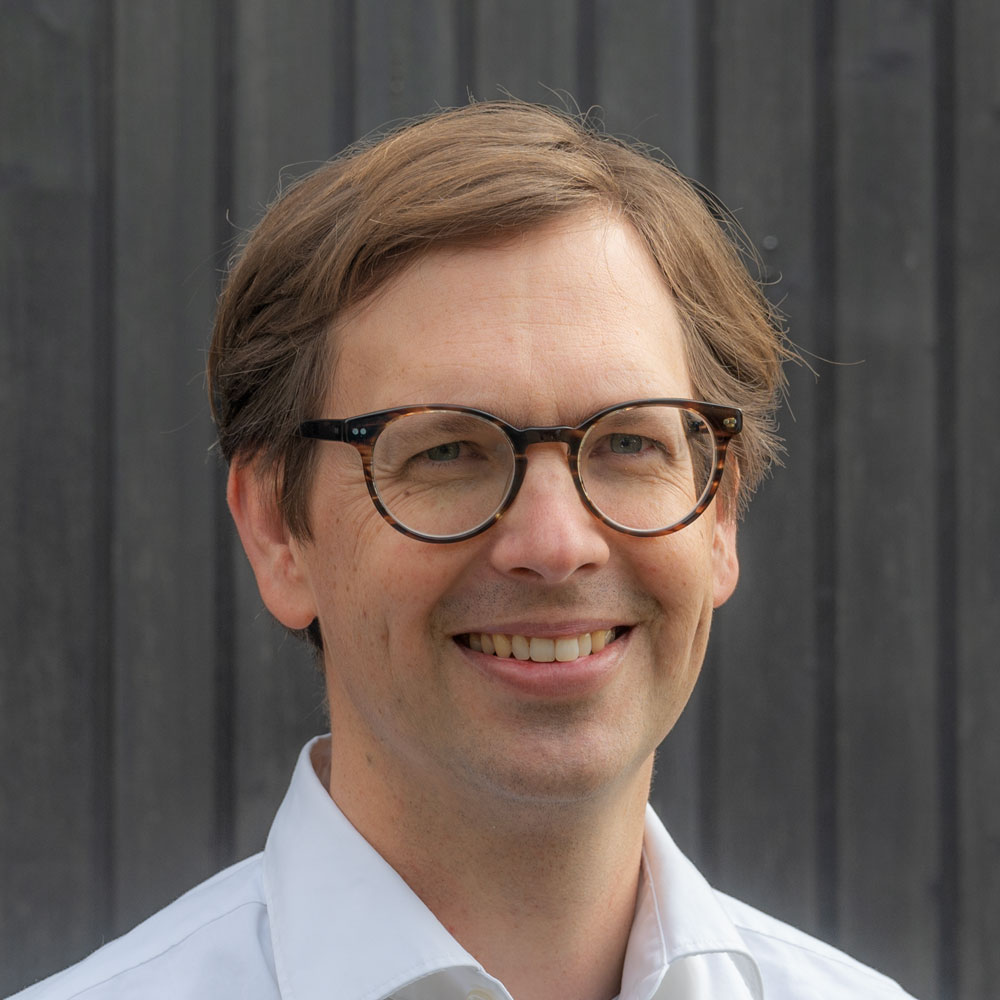
Consulting Engineer, Managing Director
Eike Peltzer is a consulting engineer, founder and managing director of E.P.FIRE. Since 2021 he has been advising fire departments and operators of extinguishing systems on the transition from AFFF to fluorine-free foam. Before that, he worked for 13 years as a manager at an industrial fire brigade in the chemical industry. He has organized, carried out and accompanied numerous tests on the performance of fluorine-free foam concentrates.
Since 2016, Eike has headed the working group on firefighting foam of the German Industrial Firefighters Association (WFVD). He is a member of the technical committee on operations, extinguishing agents and environmental protection of the German Fire Brigade Association (DFV), in the fire extinguishing agent standards committee, advises the European Chemicals Agency and the Stockholm Convention committees on the effects of the PFAS regulation on foam concentrates and their users.
Eike holds a Bachelor (B.Eng.) in Rescue Engineering from TH Köln and a Master (M.Sc.) in Disaster Management from Coventry University (UK). He has also completed the national training programm for Fire Officers (Senior Management Level) in Germany.

Engineer
Friedrich Buschmann has been working at E.P.FIRE since 2023. He advises fire brigades and operators of extinguishing systems on the transition from AFFF to fluorine-free foam concentrate. He studied fire engineering at the TH Köln for his bachelor's and master's degrees and was already dealing with the performance of fluorine-free foam concentrate during his studies and in his final theses.
Friedrich has several years of professional experience with a industrial fire brigades and as a risk engineer with a technical insurance broker.
youtube
This quality issue of firefighting foam is called phase separation or stratification. It can occur with alcohol-resistant foam concentrate – both with AFFF and with fluorine-free foam. In this video I show what happened to us and explain how to ensure the quality of firefighting foams.
In this video I am looking into the future of fluorine-based fire-fighting foam. Despite the restriction of PFOS and PFOA, AFFF still exists. So how likely is it, that all PFAS-based foams will be banned?